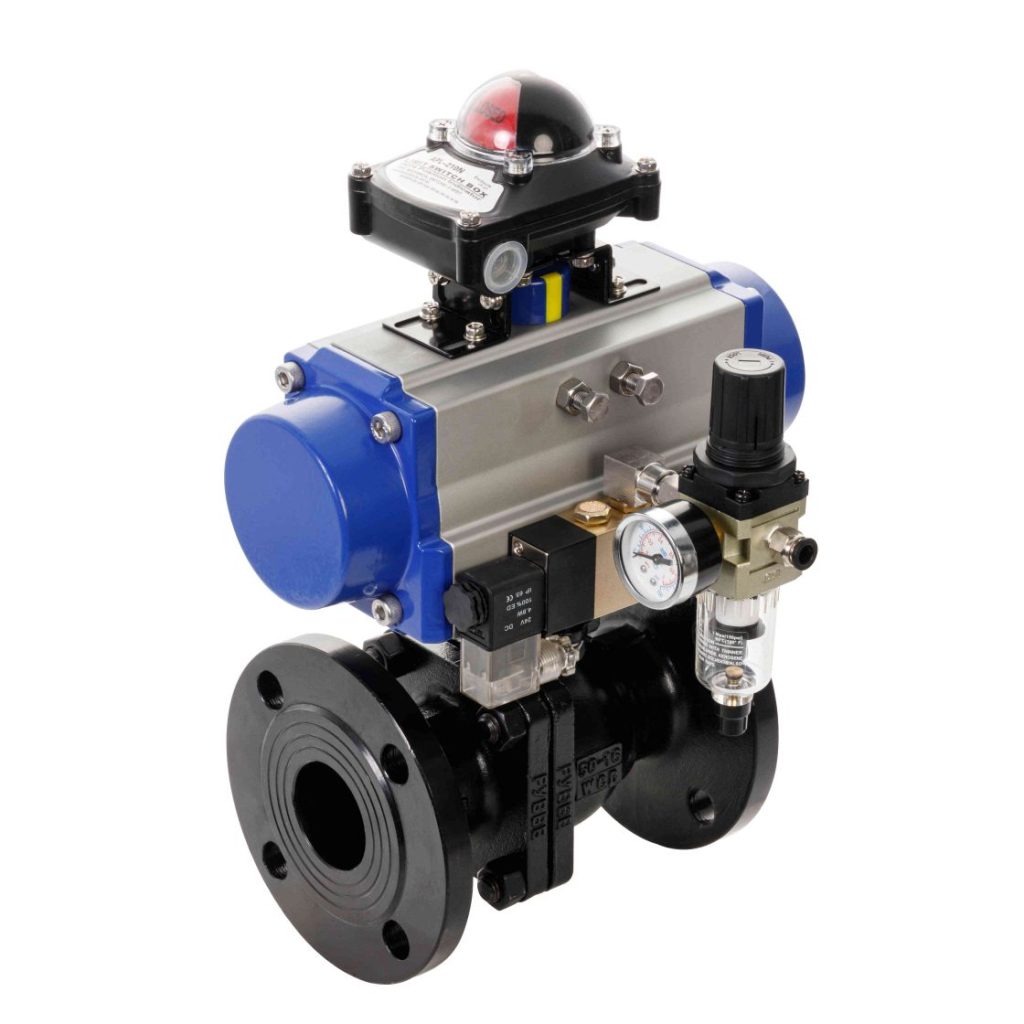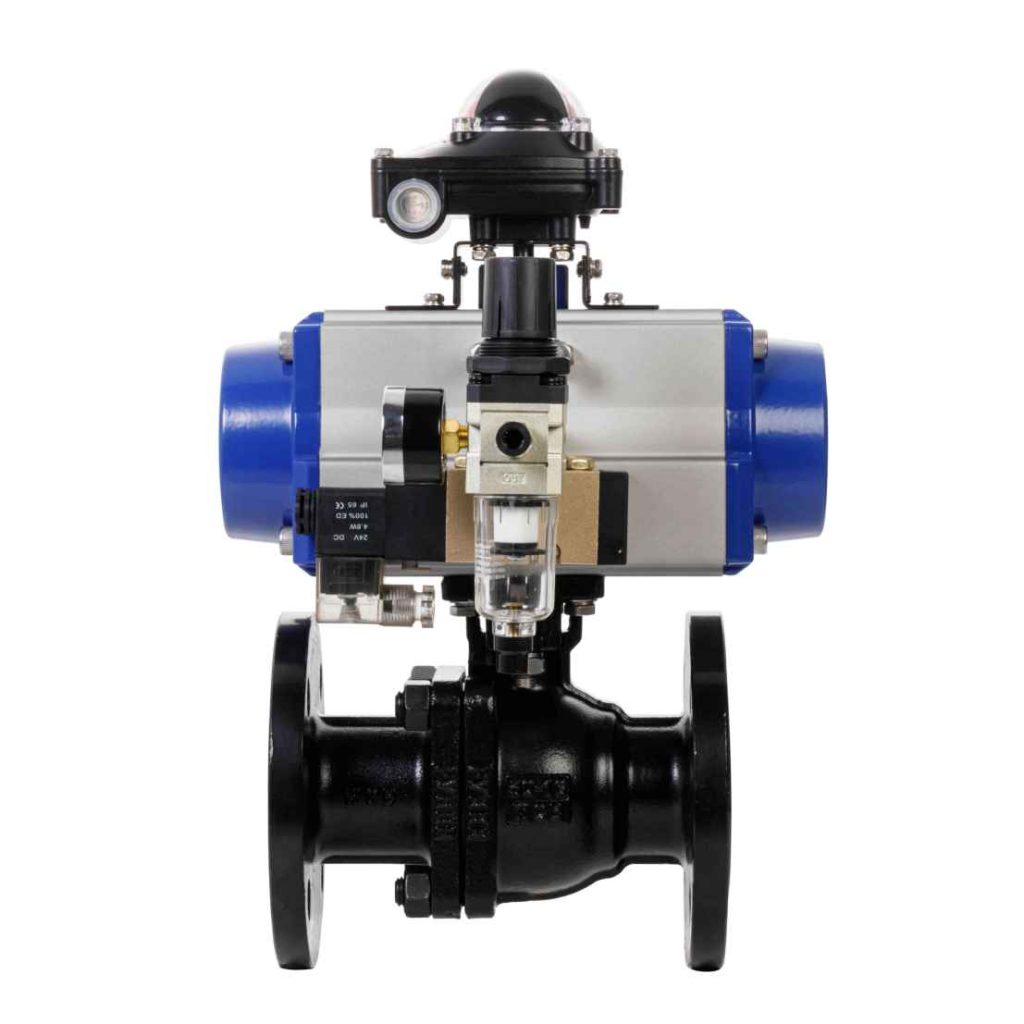The stainless steel pneumatic ball valve is an essential component in modern industrial automation, offering both reliability and efficiency. Combining the durability of stainless steel with the versatility of pneumatic control, this valve is designed to handle a wide range of applications across various industries. In this article, we will delve into the key features, benefits, and typical uses of stainless steel pneumatic ball valves, providing a comprehensive overview of why they are a preferred choice in many systems.

Design and Construction

Stainless steel pneumatic ball valves are constructed from high-grade stainless steel, which ensures resistance to corrosion, high temperatures, and harsh chemicals. The primary components include a spherical ball with a central hole, which rotates to open or close the flow of fluid through the valve. The pneumatic actuator, typically driven by compressed air, controls this rotation. This actuator is linked to a control system that can automate the valve’s operation, making it ideal for systems requiring remote or automated control. Advantages One of the ultimate benefits of stainless steel pneumatic ball valves is their exceptional durability. Stainless steel’s inherent resistance to oxidation and corrosion makes these valves suitable for use in environments where other materials might degrade. Additionally, the pneumatic actuator provides rapid response times, which enhances the efficiency of processes that rely on quick adjustments to flow rates.
